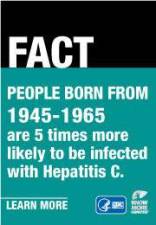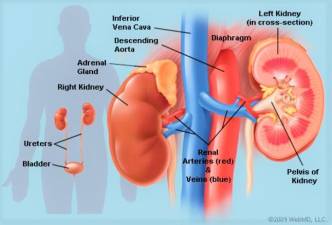After decades of giving, Hewitt man needs gift of life
West Milford. Alan Epstein, 70, of Hewitt, spent his career giving of himself working with patients in mental and behavioral health hospitals. Now he needs someone to give a gift to him.
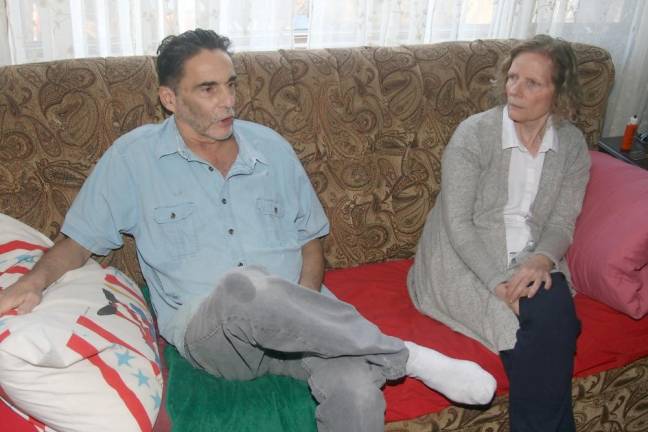
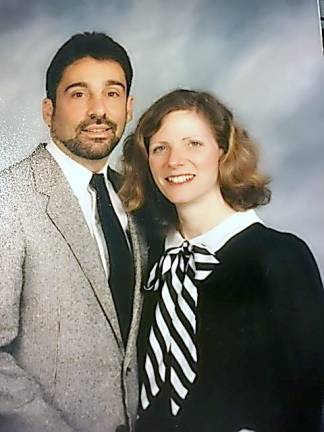
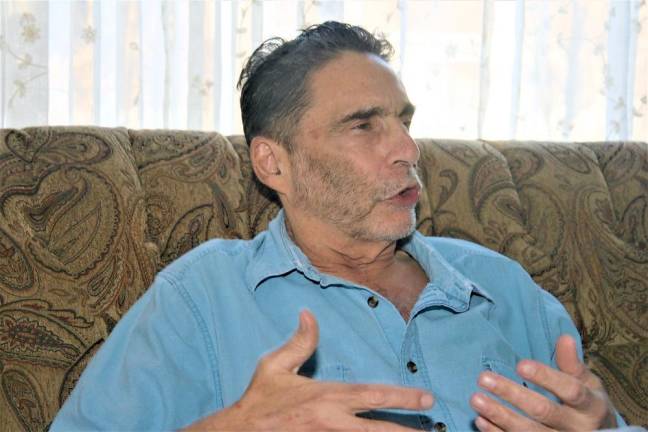
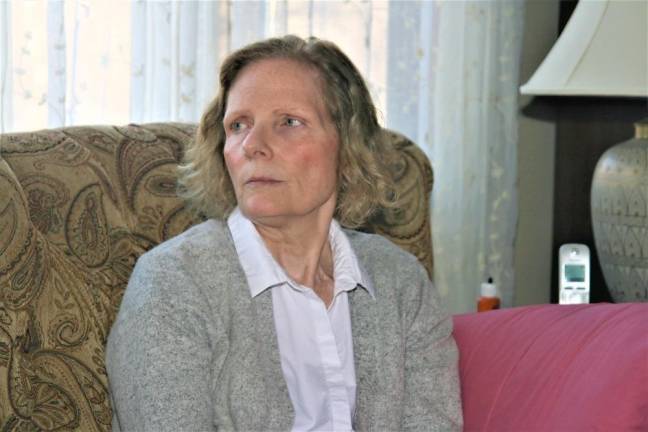
After giving of himself for decades, working with patients in mental and behavioral health hospitals, Hewitt resident Alan Epstein is hoping there’s someone out there who can give to him.
Epstein, 70, needs a living liver donor and he needs one now.
“They said that it’s time to receive a liver or ... that’s it,” he said. “That’s my only option.”
With time not on his side, and with the waiting list to receive a deceased organ hundreds of people deep, receiving a transplantation from a living donor would give him the best shot at recovery, he said.
Though he hasn’t lost his sense of humor, making it through the day gets difficult sometimes when he doesn’t even have the energy to get up from the couch, Epstein said.
He takes 15 medications a day to control his symptoms.
The irony, Epstein said, is that, as the universal donor blood type, he can donate blood or tissue to anyone, however, he can only receive from someone with type O blood.
Told by his doctors he probably contracted hepatitis C during his years working in the hospitals, Epstein said he then developed cirrhosis of the liver and ultimately liver cancer. He has had multiple surgical procedures to remove areas of cancer, which has not spread beyond his liver yet.
“The window of opportunity is to receive that piece of liver before the cancer metastasizes,” he said. “As long as they can keep the cancer confined to the liver.”
According to the Mayo Clinic, hepatitis C is spread through contact with contaminated blood.
New York-Presbyterian’s Center for Liver Disease and Transplantation, where Epstein has been receiving treatment, encourages living donation whenever possible, which allows for greater numbers of patients to receive livers that function better and last longer.
A living donor liver transplantation involves the removal of healthy liver tissue from the donor for transplantation into the patient in need.
Anywhere from 25 to 60 percent of the donor’s liver can be removed for transplantation, with most having 40 percent removed, according to the transplantation center.
The procedure is made possible by the liver’s unique ability to regenerate, and both the donor and the recipient’s partial livers will regenerate post-surgery to form complete organs.
Nationwide, there are more than 15,000 people waiting for donor livers, while only 6,000 deceased organs become available each year, according to the transplantation center.
“Everything is starting to fail, because of the liver,” Epstein said.
For more information on becoming a living donor, visit nyp.org/livingdonorliver.
Potential donors for Alan can also email allinforalan18@gmail.com
“They said that it’s time to receive a liver or ... that’s it. That’s my only option.” - Alan Epstein
